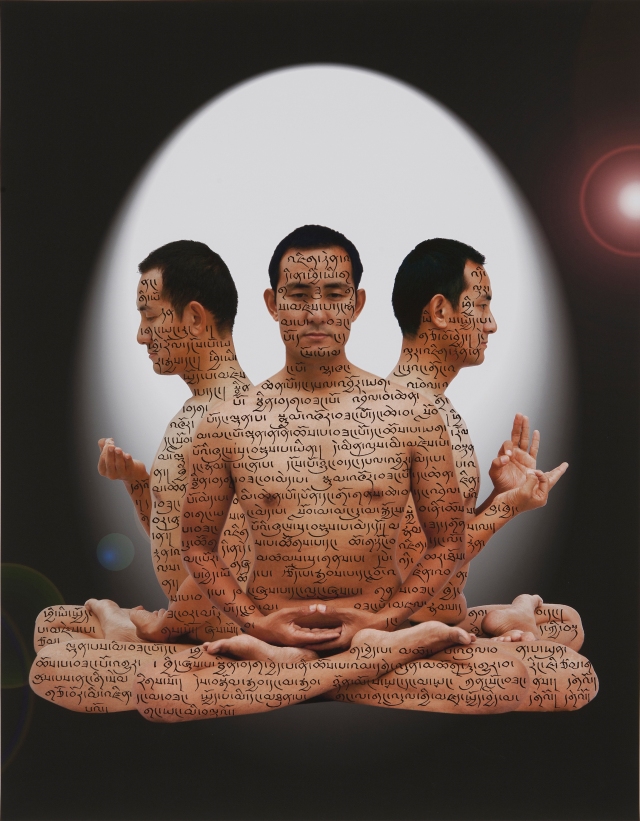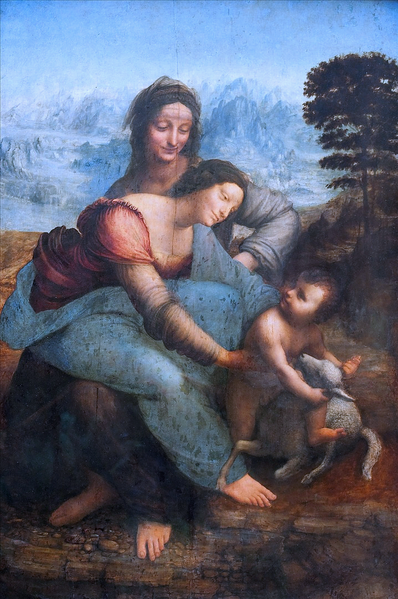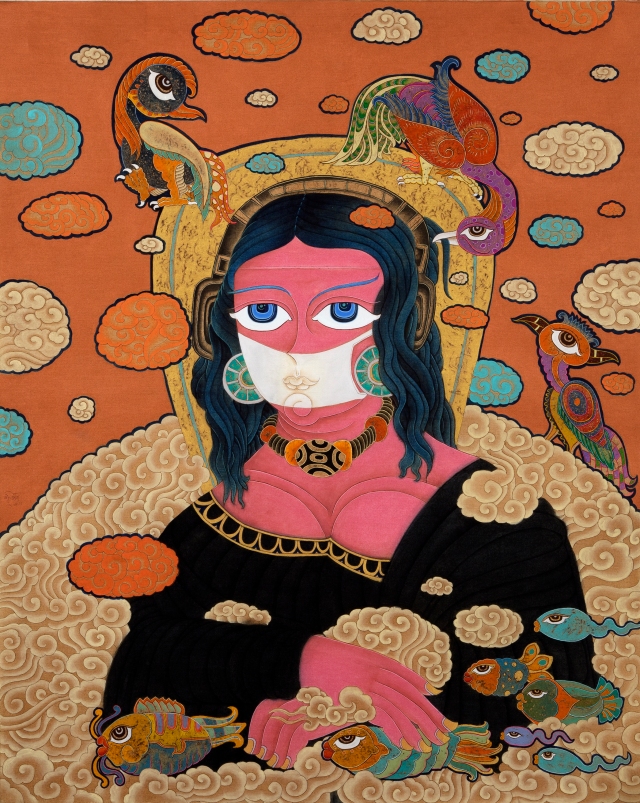It’s hard to believe, but we have finished our final chapter of reading for our Art & Christ class. This particular chapter, written by Theodore Prescott, focused on identity relating to being an artist, a Christian, and what it means when the two come together. This was a rather fascinating chapter, albeit a little lengthy, and it brought up many thought-provoking points.
One such point in particular focused on the curious nature of culture believing that art somehow is a direct self-expression of the artist. This seems to be particularly true of Western contemporary culture, and oftentimes there is legitimate reason for that. Some artists do create purely out of self-expression – their art directly reflects how they process their life situations or various issues going on in the world. However, oftentimes this is not the case at all. Prescott actually states that “people just tend to assume that both the process and the content of the art reveal the artist.” He explains that yes, of course art reveals something about the artist, but artists also have the capacity to create works of fiction. Artists can make things up. Their work does not always directly reflect their true self.
Prescott painted a better picture of this through comparing two artists and their work: Leonardo da Vinci and Tracey Emin. Leonardo’s painting of the Virgin and St. Anne has brought up some controversy. Sigmund Freud actually psychoanalyzed it and said that Leonardo, through his depiction of the women and their garments in the painting, was manifesting his “passive homosexuality.” However, Prescott argues that it was doubtful Leonardo consciously chose that subject matter to portray his own life and people in it – his “considerable intellectual and artistic prowess was directed elsewhere.” Emin, however, focused on herself as her subject matter. She purposefully and obviously is self-expressive in her work.
Our professor brought up a point in our class discussion that I want to delve into regarding this topic. He mentioned that when someone fixes something, whether it’s plumbing, a heater, or some other appliance, people don’t watch them work and think, “I wonder what this work says about this particular person. What are they trying to say about themselves through this?.” The workers are simply fixing the problem at hand. I think the same can be said about artists. It’s not very common now to see purely decorative pieces of art anymore – usually people want to see a concept behind the work, and understand the artist through it. However, the artist may have created a work of art simply because they like to create, and they are good at it.
I came across an article in the Huffington Post featuring a show of Tibetan contemporary art, titled Anonymous. As opposed to the Western world, Tibet has historically tended to completely separate the artist from any self-expression in the work. This was due to the Buddhist culture, where anonymity was most important in artwork. However, this is changing, and the show Anonymous explores the fluctuating artistic identity that contemporary Tibetan artists are experiencing today. Many of the pieces are quite fascinating in their content, and some are greatly pushing the boundaries of what may be accepted in Buddhist culture. It definitely appears that the artists are allowing themselves to put more of their own self-expression in the pieces, as opposed to what was acceptable in the past.

Another example from the “Anonymous” show, perhaps one of the more potentially controversial pieces:
“Man-Dala” – Tulku Jamyang
Of course, there is nothing wrong with artists putting their own self-expression into their work, nor is it wrong for viewers to try and figure out what the artist may be saying about themselves in their pieces. However, I do think it is important to understand that there is a fine line between the two – it is probable that many artists could be misread or mistaken if viewers always try and see their work as a direct reflection of who they really are. If nothing else, it is an interesting concept to chew on. I think I will be a bit more intentional in how I view artists based on the content of their work from now on!
Sources:
Bustard, Ned, ed. It Was Good: Making Art to the Glory of God. 2nd ed. Baltimore, MD: Square Halo, 2006. Print.
Frank, Priscilla. “Artists Search For Self-Expression And Identity In Contemporary Tibet (PHOTOS).” The Huffington Post. TheHuffingtonPost.com, 16 Aug. 2013. Web. 12 Dec. 2013. <http://www.huffingtonpost.com/2013/08/16/tibetan-art_n_3762140.html>.
“The Virgin and Child with St. Anne (Leonardo).” Wikipedia. Wikimedia Foundation, 5 Nov. 2013. Web. 12 Dec. 2013. <http://en.wikipedia.org/wiki/The_Virgin_and_Child_with_St._Anne_(Leonardo)>.



perhaps Leonardo da Vinci was unable to use women for models and used men dressed a women and Freud is nuts? I love this painting of what I see as the sisterhood, tenderness, love and beauty; one of my favorite paintings.
You bring up good points about how art isn’t entirely about self-expression. I really like the example of Tibetan artwork you use; It’s very interesting! It’s always exciting to see ways in which art is evolving in all sorts of cultures.
Really nice job pulling in multiple sources for this post. I think in all we do, no matter what we do who we are shows up, our integrity, our truthfulness, our trust-worthyness. I would want such things in someone who makes my food, teaches my child, or builds a fence for me. But I’m wondering if what is different about an artist is that with a work of art we get to see some of the artists “story.” With those images from Tibet, clearly they have an “eastern” influence in design, composition and the like. Perhaps we shouldn’t put too much weight in assuming it tells us directly something about the personal life of the artist. Much to muse on here. Nice work.